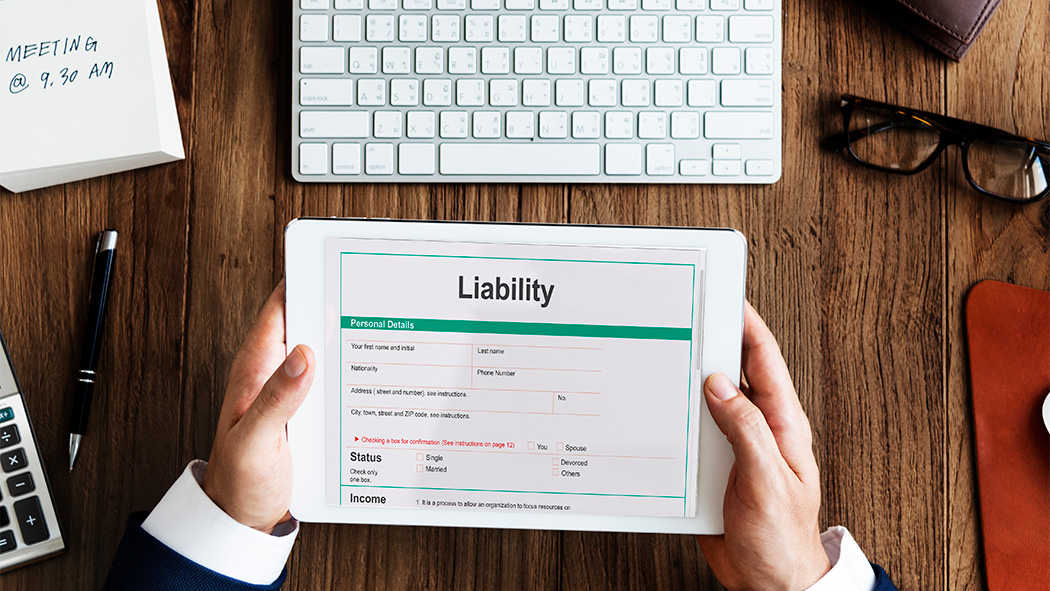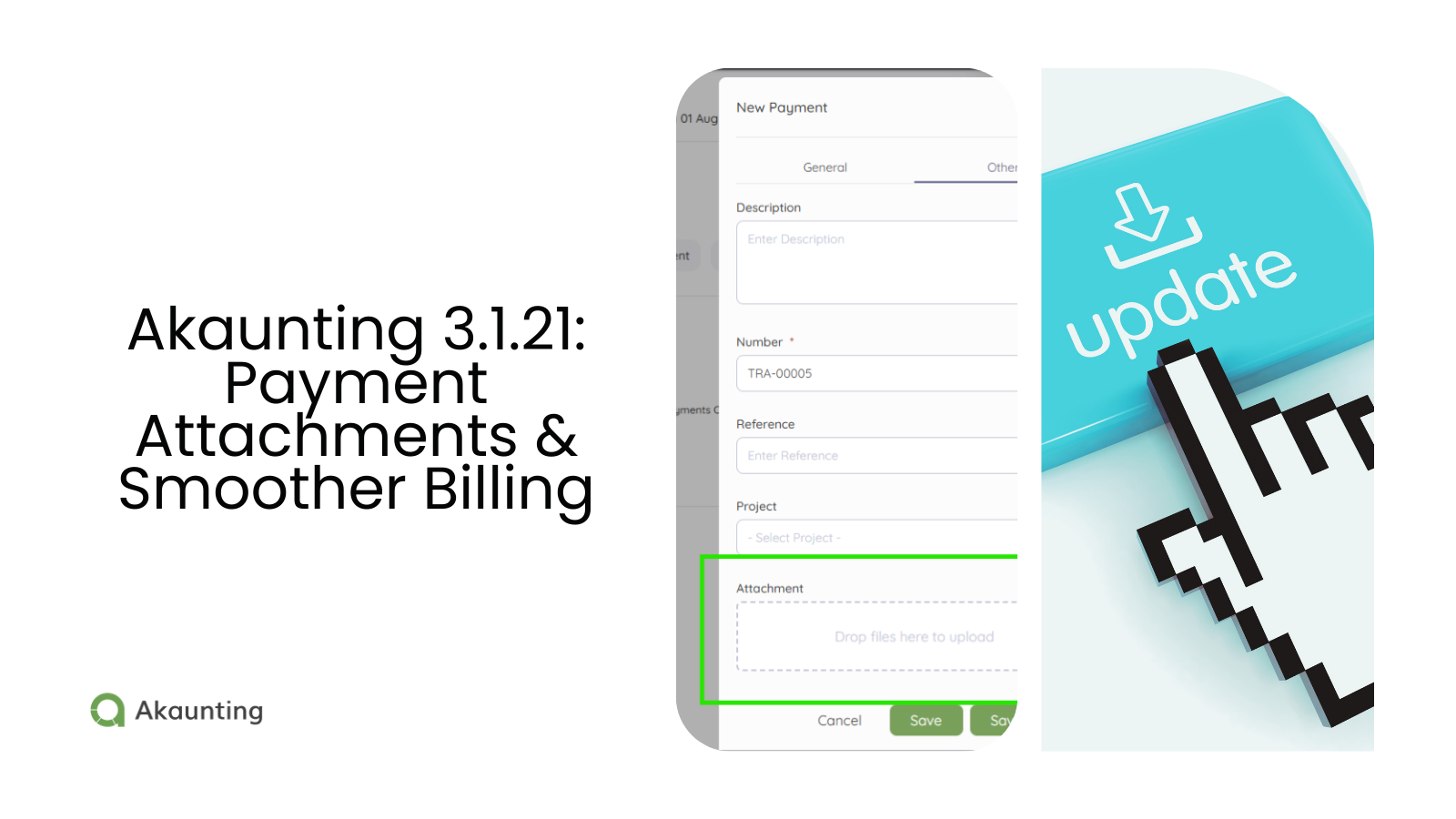What are liability Accounts in accounting?
Reading Time: 4 minutesWhen your business is obligated to pay vendors for services or products received, these are listed in the Liability accounts.
Liabilities are reported on the right side of your company balance sheet. They include loans, accounts payable, customer deposits or retainers, debts payable (on business loans), taxes on investments, deferred revenues, contracts you can’t cancel without penalty, salaries payable, accrued expenses, etc.
Liabilities aren’t necessarily bad, as they provide businesses with growth opportunities through short-term loans or long-term loans.
While accounting software automatically sorts the calculations for Liability accounts in double-entry bookkeeping, to check for the accuracy of your books manually, the formula is:
Assets = Liabilities + Equity
To calculate liabilities: Assets – Equity = Liabilities
Liability 101: A liability that has been incurred but has not been recorded in the accounts is known as an accrued liability. This occurs when a business has incurred an expense but is yet to pay it out.Such liabilities arise due to events occurring during everyday business operations.
On the balance sheet, a decrease in liability accounts is recorded on the credit side, while an increase is recorded on the debit side.
Let’s see,
Types of Liability Accounts
Liabilities are often classified into two depending on their temporality or time frame.
- Current liabilities / Short-term liabilities
- Long-term liabilities
Current liabilities / Short-term liabilities
These are short-term financial obligations owed by your company to vendors/service providers expected to be paid within an accounting year – usually 12 months.
“Some short-term liabilities include payroll expenses and accounts payable, which include money owed to vendors, monthly utilities, and similar expenses.” – Investopedia.
Salaries owed to your workers are classified under current liabilities, as settlement(s) are expected within 30 days. Short-term loans (30 to 90 days) taken from creditors are also listed under current liabilities.
Non-Current Liabilities / Long-term Liabilities
As the name suggests, it’s the direct opposite of Current liabilities. These cash obligations are not settled at a near time – usually more than an accounting calendar (12 months).
Ideally, non-current liabilities don’t have a high-risk impact on the growth of your business if managed efficiently.
Items like rent, deferred taxes, payroll, and pension obligations can be listed under long-term liabilities.
There’s also,
Contingent Liabilities
These are liabilities that are event dependent and are not always sure to occur. It also is often not determined the exact time of the financial obligation.
Contingent liabilities often come into play when a company has legal issues relating to a lawsuit concerning a business’s products or services. Also, external factors like government policies, regulations, or penalties fall into this category.
How do you identify items in Liability accounts? Here’s a list to help out.
List of Liability Accounts
The standard liability items on balance sheet accounts are:
- Accounts payable
- Income tax payable
- Interest payable
- Bank account overdraft
- Short term loans
- Long term loans
- Accrued expenses
- Debt payable
- Salaries payable
- Lease agreement
- Sales tax payable
- Payroll taxes
- Mortgages payable
- Pension obligations
So,
Are expenses and liabilities related? Let’s dive in.
Liabilities vs. Expenses
Expenses are often misunderstood to be liabilities. However, in accounting, the concepts of liabilities and bookkeeping are different.
As mentioned earlier, liability is an outstanding financial obligation related to an asset, like a loan used to expand your business or buy equipment. At the same time, expenses are recurring payments for items with no physical value to the company.
Expenses decrease income, while liabilities decrease assets.
| Liability | Expense |
| It’s a balance sheet item. | It’s reflected in the profit & loss statement. |
| Liabilities are accrued and then paid off. | Expenses are generally paid off in real time. |
| Liabilities are a reflection of what is owed in the future. | Expenses are costs incurred to keep the business functioning daily. |
Debt Capital Ratio
One of the critical accounting calculations with the liability account is a company’s debt-capital ratio.
The debt-to-capital ratio gives analysts and investors a better idea of a company’s financial health by comparing its total liabilities to total capital.
It investigates the amount of debt a business uses to fund its day-to-day operations compared to capital. This metric can help you understand your company’s capital structure and financial solvency.
To calculate the debt-to-capital ratio, take your company’s interest-bearing debt (short and long-term liabilities), then divide it by the total capital.
Debt-to-Capital Ratio = Debt / Debt + Shareholder’s Equity
Final thoughts
As earlier stated, liabilities aren’t necessarily bad for your business. However, it would be best if you kept it at a minimum. Having too many liabilities could result in the sale of assets to pay off debt, thereby decreasing your company’s value.
Also, liabilities give your business growth opportunities through short or long-term loans that can be used to purchase new assets and increase the owner(s) equity.
The critical thing is to maintain a balance.
Liability Accounts Frequently Asked Questions (FAQs)
- What type of liability is accounts payable
Accounts Payable. It is treated as a liability and is recorded under current liabilities. Hence, it is a short-term debt payment that needs to be paid to avoid default.
- Are liabilities bad for small businesses?
Liabilities aren’t necessarily bad, as they provide businesses with growth opportunities through short-term loans or long-term loans. However, liabilities mustn’t grow faster than assets.
- What is a debt-to-capital ratio?
It investigates the amount of debt a business uses to fund its day-to-day operations compared to capital.
- What are the types of liabilities?
Liabilities are often classified into three depending on their temporality or occurrences – Current liabilities / Short-term liabilities, Long-term liabilities, and Contingent Liabilities.




